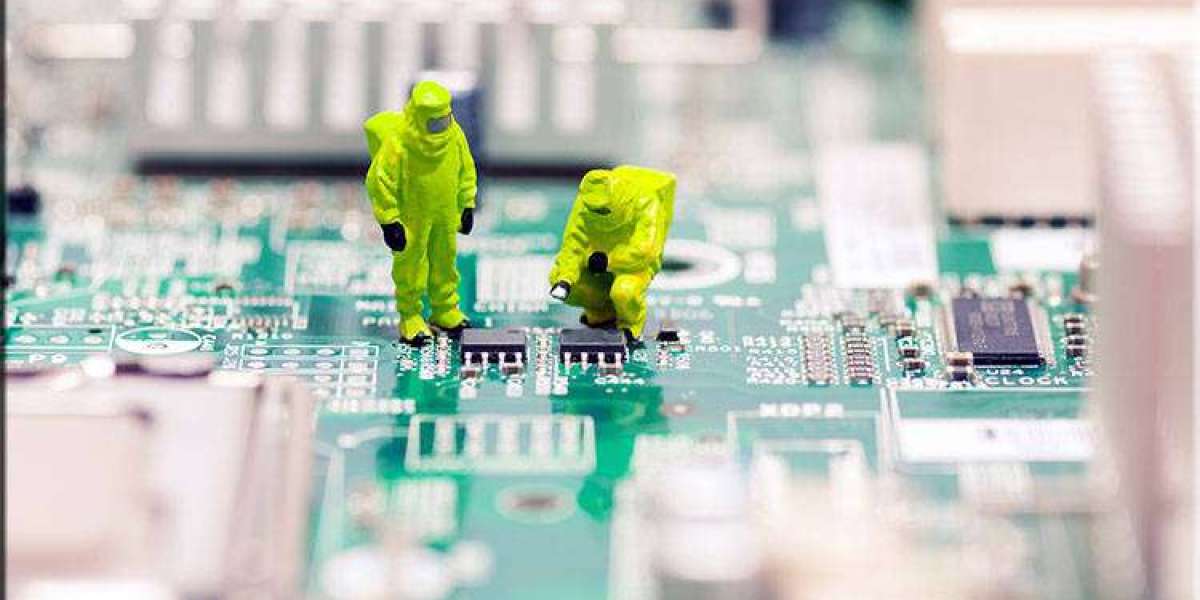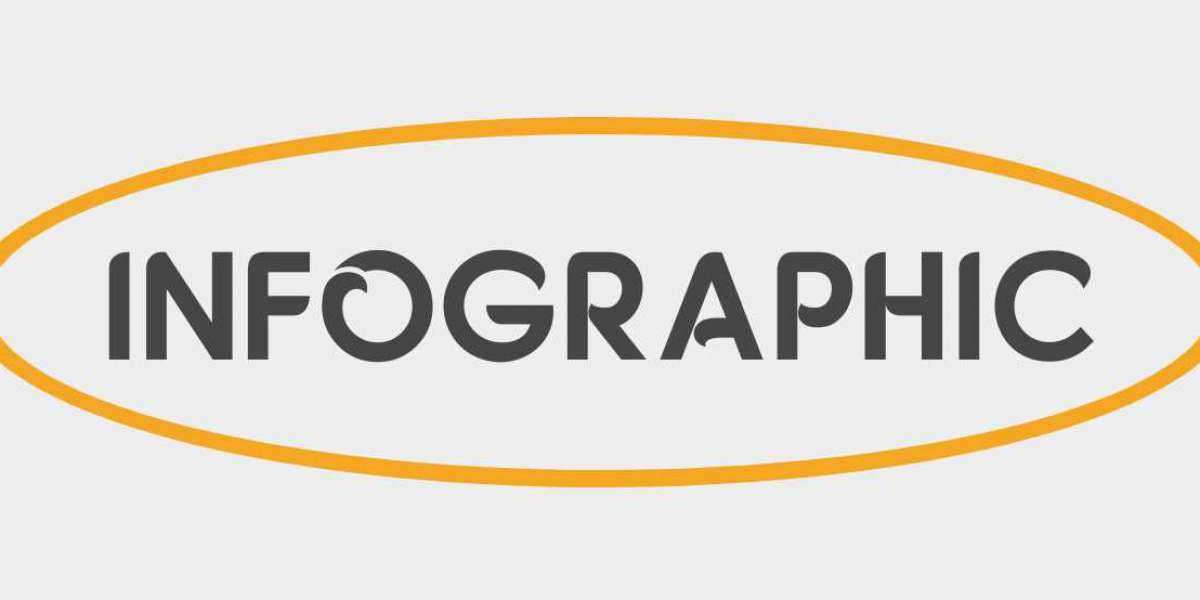Understanding Voltage Regulation
What is Voltage Regulation?
Voltage regulation refers to the process of maintaining a stable output voltage irrespective of fluctuations in the input voltage. It ensures that electronic devices receive a consistent and safe level of power.
The Significance of Stable Voltage
A stable voltage supply is essential for the proper functioning of electronic circuits. Sudden spikes or drops in voltage can lead to malfunctions, data loss, or even permanent damage to components.
Types of Voltage Regulators
Linear Voltage Regulators
Linear voltage regulators operate by dissipating excess energy as heat. They are simple, cost-effective, and find applications in low-power devices.
Switching Voltage Regulators
Switching voltage regulators use a more complex mechanism to regulate voltage, resulting in higher efficiency. They are suitable for applications with varying load conditions.
Zener Diode Voltage Regulators
Zener diode regulators utilize the unique characteristics of Zener diodes to maintain a constant output voltage. They are often used in low-power applications.
Integrated Voltage Regulators
Integrated voltage regulators combine all necessary components into a single package, offering convenience and ease of use.
Applications of Voltage Regulators
Electronics Industry
Voltage regulators are integral in power supplies for a wide range of electronic devices, from smartphones to laptops and beyond.
Automotive Sector
In automobiles, voltage regulators ensure a consistent power supply to various electrical components, contributing to safe and reliable vehicle operation.
Industrial Automation
In industrial settings, voltage regulators play a crucial role in ensuring uninterrupted operation of machinery and equipment.
Renewable Energy Systems
Voltage regulators are used in renewable energy systems like solar panels and wind turbines to stabilize the output voltage.
Selecting the Right Voltage Regulator
Considerations for Choosing a Voltage Regulator
Factors such as input voltage range, output voltage requirements, efficiency, and load conditions must be taken into account when selecting a voltage regulator.
Consulting with Experts
For complex applications, seeking advice from experts in the field can help in making the right choice of voltage regulator.
Conclusion
Voltage regulators serve as silent guardians, ensuring the smooth operation of electronic devices in a world filled with electrical uncertainties. Their role in stabilizing voltage cannot be overstated, making them indispensable components in countless applications.
FAQs
What is the primary function of a voltage regulator?
A voltage regulator's primary function is to maintain a steady output voltage regardless of fluctuations in the input voltage.
What are the main types of voltage regulators?
The main types of voltage regulators include linear voltage regulators, switching voltage regulators, Zener diode voltage regulators, and integrated voltage regulators.
How does a Zener diode voltage regulator work?
Zener diode voltage regulators rely on the unique properties of Zener diodes to maintain a constant output voltage.
Why is stable voltage important in electronics?
Stable voltage is crucial in electronics to prevent malfunctions, data loss, and potential damage to components caused by voltage fluctuations.
What role do voltage regulators play in renewable energy systems?
In renewable energy systems, voltage regulators stabilize the output voltage from sources like solar panels and wind turbines, ensuring it is suitable for use.



